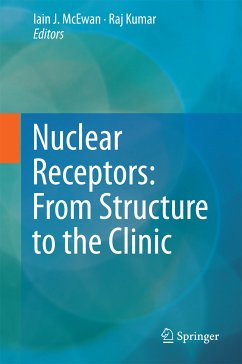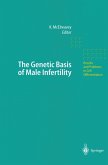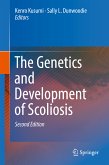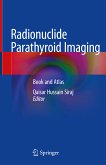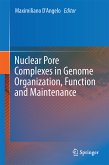The nuclear receptor superfamily, including receptors for steroid hormones and non-steroid ligands, are pivotal to normal physiology, regulating processes as diverse as reproduction, metabolism, the immune system and brain development. The first members of the family were cloned over 25 years ago, which heralded in the idea of a superfamily of intracellular receptor proteins that bound small molecule ligands: classical steroid hormones, vitamins, fatty acids and other products of metabolism. These signals are then transmitted through multiprotein receptor-DNA complexes, leading to the regulation of target genes, often in a cell-selective manner. The cloning of the receptor cDNAs also ushered in an era of unparalleled analysis of the mechanisms of action of these ligand-activated transcription factors.
Dieser Download kann aus rechtlichen Gründen nur mit Rechnungsadresse in A, B, BG, CY, CZ, D, DK, EW, E, FIN, F, GR, HR, H, IRL, I, LT, L, LR, M, NL, PL, P, R, S, SLO, SK ausgeliefert werden.

